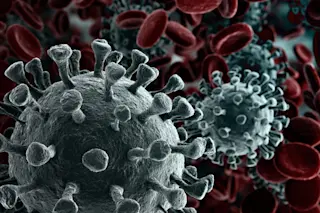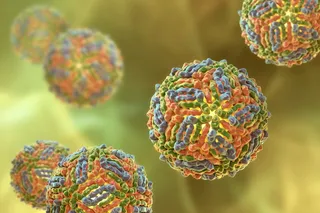This article was originally published on Oct. 30, 2022, but has been updated with recent information.
Viruses change constantly as they circulate through a population, and these changes can sometimes create completely new variations of a virus. This is certainly true of SARS-CoV-2.
Since its initial appearance around three years ago, the virus that causes COVID-19 has splintered into several separate strains, including Alpha, Beta, Delta and Omicron. And these strains have only continued to separate into their own subvariants at an astonishing speed.
One of these subvariants, BA.5, prevailed throughout the summer season in 2022, contributing to the plurality of coronavirus cases in the U.S. throughout that time. That said, several newer strains have taken over since then, transforming into the country's top coronavirus culprits.
This is what you'll want to know about several of these new subvariants, including BQ.1, BQ.1.1 and XBB.1.5.
In the year-or-so since scientists first ...















